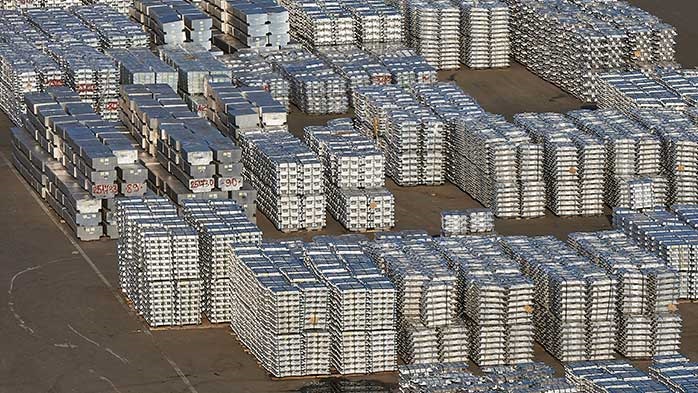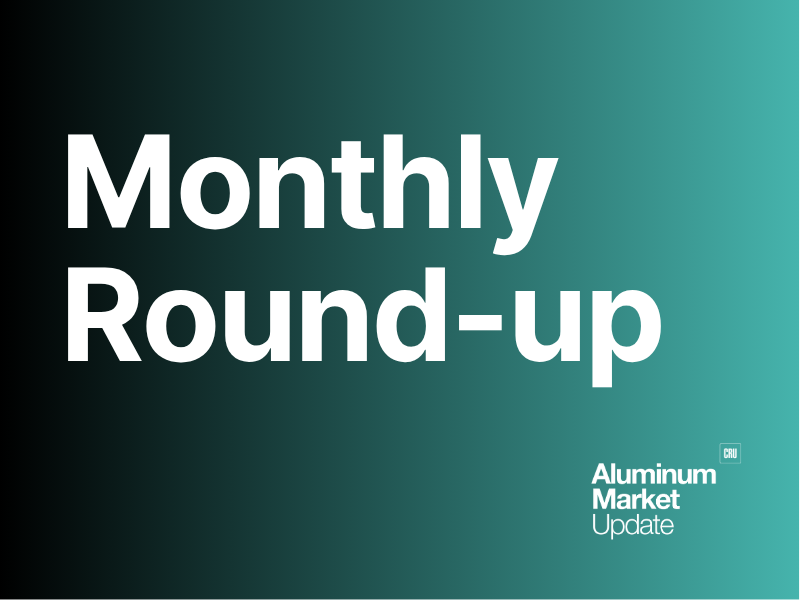Global Trade

January 21, 2025
Trump's playbook: Aluminum edition, day-one
Written by Gabriella Vagnini
President Trump’s, day-one action list shows big changes that could reshape the aluminum industry, especially here in the U.S. The focus was on energy dominance, trade policy and deregulation which could provide opportunities for domestic growth, but they also raise questions about supply chains, global markets and long-term planning.
Permitting and regulations
One of the biggest takeaways is the push to streamline permitting and roll back climate regulations. This could speed up domestic mining and production of primary and secondary aluminum, potentially making the U.S. more self-sufficient. However, easing environmental standards might spark backlash, especially in states with stricter local policies or for companies prioritizing sustainability.
For companies like Century Aluminum that was part of the aluminum group awarded grants from the Department of Energy (DOE), Trump’s policy shifts add another layer of uncertainty. Existing grants tied to decarbonization, or renewable energy projects may be reevaluated to ensure they align with the administration’s “America First Energy Policy.” At the same time, there might be new funding opportunities for aluminum producers who pivot toward domestic energy infrastructure or critical mineral production.
Aluminum companies awarded gov. grants:
- Century Aluminum – $500 million Green Aluminum Smelter, location TBD (has not received any funds and is in the award ‘negotiation’ stage)
- Constellium – Upt to $75 million, Low Carbon SmartMelt Furnace Conversion, Ravenswood, WV (received $9.5 million in funds so far)
- Golden Aluminum – Up to $22.3 million, Nexcast-Next Generation Aluminum mini mill, Fort Lupton, CO (has not received any funds and is in the award ‘negotiation’ stage)
- Real Alloy Recycling – Up to $67.3 million, Zero-Waste Advanced Aluminum Recycling Project (Project ZAAR) (received $3 million in funds so far)
The “America First Trade Policy”
While aimed at protecting U.S. businesses, an American First trade policy could lead to higher tariffs or restrictions on aluminum imports. This might give domestic producers a boost, but companies that rely on imported raw or semi-finished aluminum could face higher costs or disrupted supply chains. Retaliatory trade measures from other countries could make things even more complicated.
For the downstream aluminum market, regulatory relief on products like vehicles and appliances might drive demand for aluminum, but uncertainty around long-term standards could make it hard for manufacturers to plan. Infrastructure investments could also bring opportunities, especially if the national energy emergency declaration accelerates construction projects that require aluminum. However, the reduced focus on renewable energy, such as wind farms, will likely cut demand in those areas.
Labor and border security policies
Border policies could impact the flow of raw materials, especially from Mexico, a key aluminum trade partner. And quite possibly, stricter immigration rules might disrupt workforce availability.
No tariffs! At least not on day-one…
Trump did not impose new aluminum tariffs. Instead, he issued a memorandum directing federal agencies to evaluate U.S. trade relationships with countries such as China, Canada and Mexico.
While there is no new aluminum tariff enacted on Trump’s first day in office, the global aluminum market is bracing for potential disruptions nonetheless, since Trump did indicate the possibility of imposing the 25% tariff on aluminum imports from Canada and Mexico. Canada is the largest aluminum supplier to the U.S. to date.
Market reaction on inauguration day
The U.S. dollar was down 0.8%. There weren’t any big moves on the CME, but the LME is showing some forward producer selling.
In the end, what’s clear is that the aluminum market is entering a period of change, and they have been feeling the pressure.
Follow us for more updates.






